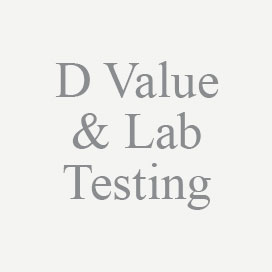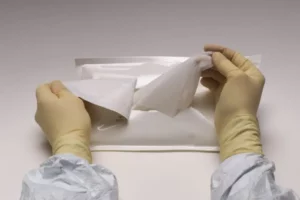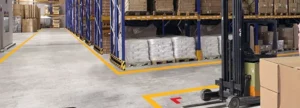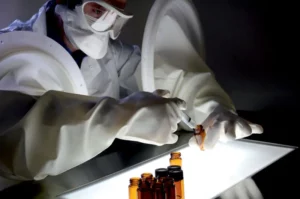Sterilization refers to the process of killing the microbial contamination present in the pharmaceutical product. The two sterilization methods commonly used are- the Bioburden Based Sterilization (BBS) method and the Overkill Sterilization (OS) method.
While the BBS method deals with the parameters based upon the predetermined type and concentration of bioburden on the material being sterilized, the OS method is based upon an arbitrarily established higher initial concentration and resistance of bioburden than expected on the material being sterilized.
But what is the bioburden of the product?
The microorganisms present in the product generally come from three main sources: the manufacturing environment, personnel, and raw materials including water. They can be viral, bacterial or fungal. Some organisms are spore formers that may be the most resistant to environmental stresses including sterilization processes. Either the product may have little or no bioburden which is dependent on the manufacturing conditions and raw materials. The product may also contain high concentrations of multiple organisms.
Thus, it ultimately becomes essential to learn as much as possible about the bioburden organisms, especially when running minimal sterilization cycles
What information do you require while characterizing the bioburden?
2. Identity of organisms present
3. Number of spore formers present
4. The resistance of the bioburden And
5. Sampling frequency and statistical analysis
Why perform a D-value study?
The most direct method for evaluating the resistance of the test organism bioburden is by performing a D-value study. When evaluating the bioburden, it is not necessary to test every organism isolated, only the most resistant can be isolated
How are D-value studies performed?
D-value test is performed by the Survivor curve method based on the methods described in ISO 11138-1:2006 Annex C. A survivor curve, arrange the surviving microorganisms against time. This curve indicates an important graphic representation of the kinetics of the microbicidal process. The fraction negative analysis focuses on the quantal zone, which means the area where exposures to replicate units result in both positive and negative units when cultured for growth. It determines the D121- value of Geobacillus stearothermophillus suspended in Injection.
Advantages of D-Value test:-
2. The product can be removed through filtration to eliminate any potential product inhibition on the injured spores.
At June Enterprises, we provide a convenient BI challenge, which complements these studies for routine monitoring of the sterilization process. We incorporate with Mesalabs’ Bozeman Manufacturing facility to help you determine the results of spore reduction while various sterilization processes.
For more detailed information about the product and test, get in touch with us. We always got you covered.




